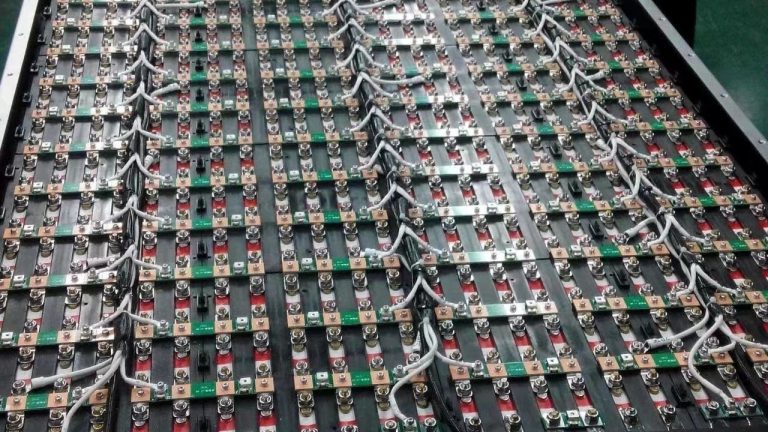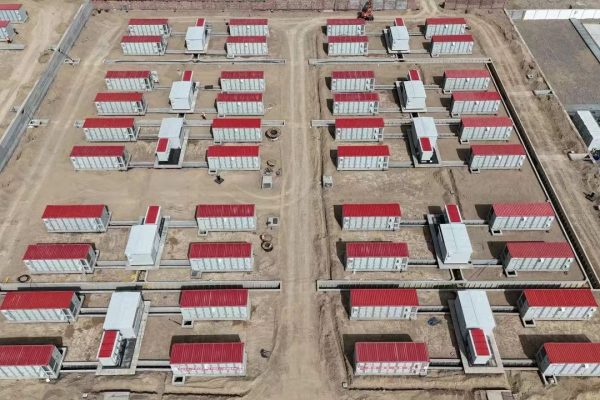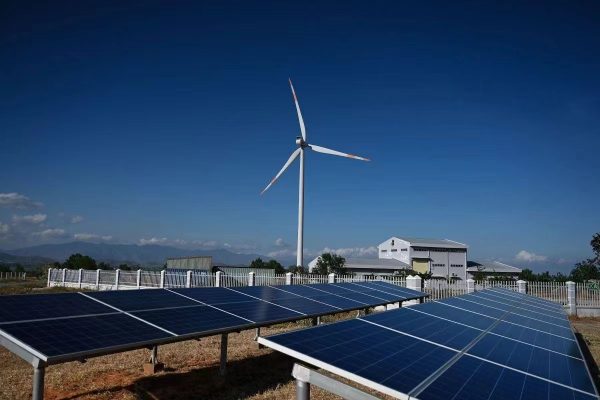Maximizing Output Starts with Understanding the Tracker
When we talk about solar inverter performance, we often focus on efficiency ratings or grid compatibility. But in real-world conditions, Maximum Power Point Tracking (MPPT) is one of the most important features impacting energy yield — especially in small to mid-sized systems (3–50kW).
If you’re an installer, EPC, or technical buyer working with rooftop solar or hybrid systems, understanding how MPPT works — and how many MPPTs you really need — can mean the difference between a system that performs on paper, and one that performs in the field.
1. What Is MPPT — in Simple Terms?
MPPT stands for Maximum Power Point Tracking. It’s a smart algorithm inside the inverter that constantly adjusts voltage and current to extract maximum power from the PV array, regardless of sunlight or temperature changes.
Think of it like automatic transmission in a car:
It ensures the engine (PV array) runs in the most efficient gear at all times.
Without MPPT, your system would often operate below its potential — especially during cloudy days, partial shading, or when PV modules warm up.
2. Why MPPT Matters More in Small Projects
In small residential or C&I systems, the PV array is often:
- Split across different roof orientations (east + west, flat + pitched)
- Subject to shading from nearby trees, chimneys, or utility poles
- Using multiple module types in upgrades or expansions
In such cases, a single MPPT input will average out these differences, leaving some strings underperforming.
💡 Solution: Use inverters with multiple independent MPPTs.
Each MPPT input can track one PV string or orientation separately — meaning better per-string optimization and higher daily yield.
3. MPPT Quantity vs. Input Strings: What’s the Difference?
It’s easy to confuse the number of MPPTs with the number of DC inputs.
| Spec | What it means |
|---|---|
| MPPT Channels | Number of independent power tracking algorithms |
| String Inputs | Number of PV string connectors (may share MPPT) |
For example:
- A 10kW inverter might have 2 MPPTs and 4 inputs
- This means 2 strings share each MPPT channel
- Ideal if strings are placed on similar tilt and orientation
✅ Best Practice: Always assign similar strings to the same MPPT. Don’t mix east-facing and west-facing strings on one MPPT — they will “drag each other down.”
4. MPPT in Hybrid Inverters: Double Duty
In hybrid systems, MPPT not only impacts PV efficiency but also:
- Determines how well the system charges the battery
- Optimizes DC-coupled PV → battery → AC flow
- Affects charge voltage range based on solar input dynamics
Some hybrid inverters offer:
- Dual MPPTs with battery bypass
- High PV input voltage ranges (e.g., 150–600V)
- Independent MPPT-battery management logic
For sites with variable sun angles and mixed battery use (e.g., off-grid at night + daytime grid-tie), smart MPPT behavior ensures smoother transitions and higher autonomy.
5. How Installers Can Use MPPT Effectively
When planning a system:
✔️ Map out orientations and tilts
Use Google Earth or site drawings to identify how many directions the panels face.
➡️ Each different orientation should ideally go to a separate MPPT.
✔️ Use shade simulation tools
Tools like PV*SOL or SolarEdge Designer help assess which modules might see partial shading.
➡️ Group these into independent strings with isolated MPPT control.
✔️ Read the inverter MPPT specs carefully
Some inverters allow:
- Unequal power per MPPT (e.g., MPPT1 = 6kW, MPPT2 = 4kW)
- Flexible voltage windows (supports low-voltage startups)
Avoid overloading one MPPT while underutilizing another.
6. MPPT Tracking Speed and Sampling
Not all MPPTs are created equal.
Key features that affect real-world performance:
- Tracking frequency: How fast the MPPT adapts to sunlight changes
- Low-light response: How well it tracks during sunrise/sunset
- Hysteresis control: Avoids jumping between two nearby “points”
- Shade tolerance: Some vendors offer enhanced partial shading algorithms
If you’re working in a tropical or urban environment with fast-moving clouds and irregular roofs, pay attention to these specs — not just the MPPT count.
7. What to Tell Your Client About MPPT
As a technical trade partner or installer, you should help your client understand:
“You’re not just buying a box that converts DC to AC. You’re buying a smart brain that keeps the solar system running at peak efficiency throughout the day.”
Sample talking points:
- “Multiple MPPTs help maximize output on complex roofs.”
- “It’s like having multiple managers — each one keeps a string working at full capacity.”
- “You’ll see better return on investment over time, especially if your site isn’t perfect.”
8. Common Mistakes to Avoid
- Connecting mixed orientations to one MPPT
- Oversizing a string beyond MPPT voltage limit
- Underutilizing one MPPT channel (wasting optimization potential)
- Ignoring MPPT specs during inverter selection
- Using low-end inverters that throttle at partial shading
These issues are more common than you think — and easily preventable with good design practices.
Conclusion: MPPT Is the Hidden Driver of ROI
For systems between 3–50kW, inverter MPPT behavior can affect your client’s:
- Daily power yield
- Battery charge efficiency (in hybrid systems)
- Long-term performance under varying conditions
By understanding how MPPT works — and selecting the right number and configuration — you’ll improve system resilience, client satisfaction, and reduce troubleshooting time later on.
🔧 Your role isn’t just installation. It’s optimization. And MPPT is the lever.









